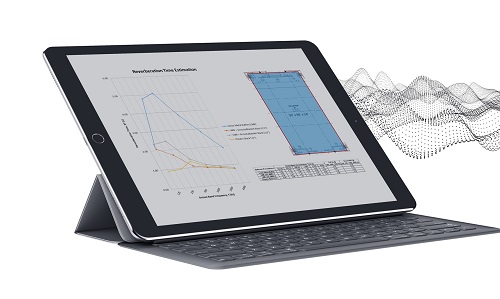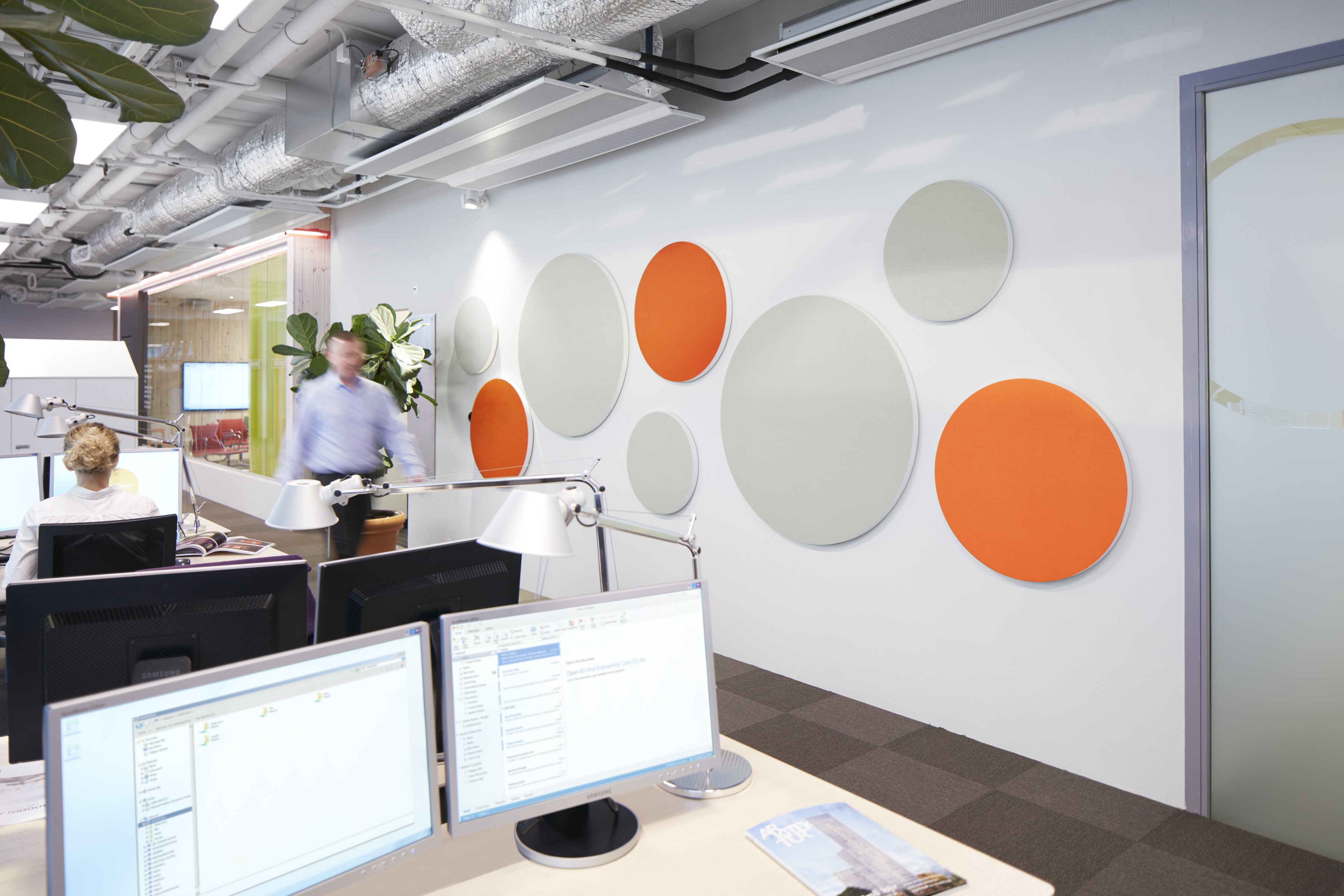There are three principles of sustainable construction: conservation of resources, life cycle design and designing for people and the environment. We’ll take a look at each of them.
Conservation of Resources
This principle includes energy conservation, water conservation and material conservation. Water conservation includes use of native landscaping; employing low-flow lavatory toilets and fixtures; rainwater collection and reuse; and the collection and recycling of water at the site. Conservation of resources underlies all the green building practices. Here are some of the basic principles of resource conservation:
- Using material-conserving design and construction
- Properly sizing building systems to conserve energy whenever possible
- To rehabilitate existing structures
- Using reclaimed or building components made from recycled materials whenever practical.
Life Cycle Design
Life cycle design includes the pre-building phase, the building
phase and the occupancy phase. In the pre-building phase,
the emphasis is on the materials used in construction. The
goals are that materials should be manufactured with
renewable resources, a focus on minimizing embodied
carbon, and harvested or extracted without ecological
damage. Materials should be recycled or recyclable, durable
over time with low maintenance and distributed with low
energy costs. The goals of the building phase are to
minimize the site’s impact on the ecosystem; to manage
site water run-off, to use non-toxic construction materials;
and to plan routine maintenance using environmentally
friendly materials. Finally, the goals of the occupancy phase
include the efficient, low-impact operations and
maintenance of the facility; the recycling of building
components and materials; adapting existing structures
to new occupants; and the development of the existing
land and infrastructure.
Designing for People and the Environment
The objective here is to minimize the impact of construction on nature. Green construction affects nature by respecting topographical contours, by leaving the water table undisturbed and by preserving existing flora and fauna. Other vital elements are community site planning and providing for human comfort and convenience.
Community site planning is integrated into green building. This includes consideration of a scale larger than any single structure, avoiding the pollution of the site and surrounding area, promoting mixed-use development of the land, integrating public transportation and creating walking and bicycling paths. Human health, comfort and convenience is the final element in designing for people and the environment. The basic ideas are to provide thermal, visual and acoustic comfort to building occupants; use non-toxic, low-emitting materials; create visual connectivity to the exterior; provide fresh, clean air and access to operable windows; and accommodate people with differing physical abilities.





